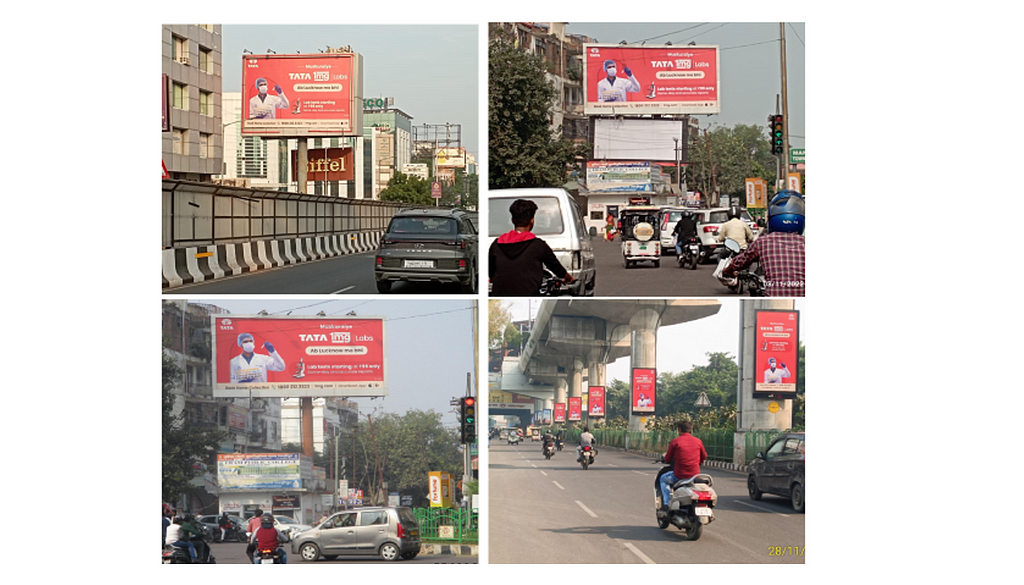Balancing Database Read and Write Queries with Replication Lag Handling
Co-author’s:
- Pankaj Pandey (Senior Technical Architect @ Tata 1mg)
- Prashant Mishra (Technical Architect @ Tata 1mg)
- Vimal Sharma (Technical Architect @ Tata 1mg)
Co-author’s:
Co-Authors: Pankaj Pandey, Prashant Mishra, Aman Garg


Co-author’s:

Co-authors:
Co-author’s:
Co-author:Pankaj Pandey (Senior Technical Architect / Director of Engineering, SCM Tech @ Tata 1mg)
At Tata 1mg, our constant endeavor is to ensure seamless user access to our platforms, while simultaneously safeguarding user data against all forms of security threats and fraudulent activities.Organizations are currently grappling with the challenges posed by a variety of attacks that are directed toward disrupting their services or gaining unauthorized access to their systems.
Co-Authors:

In a world where brands are bombarding customers with content, it is imperative to reach out to people who resonate with your brand and services. This is even more so when you operate in category such as diagnostics that has a high cost of acquiring customers.But before delving into the challenges of entering the diagnostics market and the solutions piloted by Tata 1mg Labs — the diagnostics arm of Tata 1mg, let’s address a fundamental question: What exactly is diagnostics?
The engineering team at Tata 1mg was facing an unusual behavior with the background server where we were using Sidekiq to process the jobs asynchronously. The memory on the server was reaching nearly 100% in about a few days. The pattern was observed at a gap of a cycle of 10–12 days. This needed constant monitoring and a restart of the Sidekiq process manually every time the memory exceeded 80%.We conducted research on the problem and did a root cause analysis, which yielded some specific pattern that was being repeated and causing the issue.